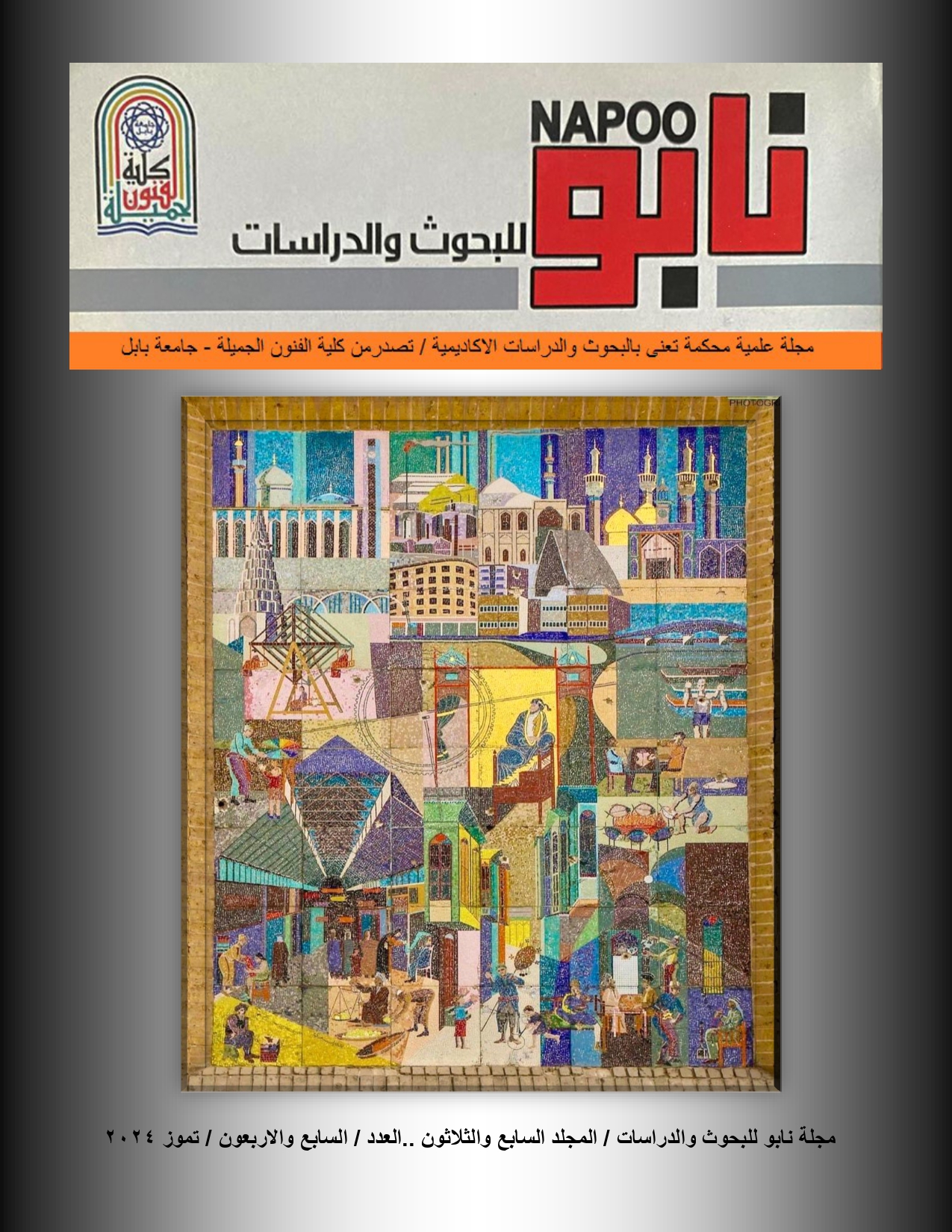The psychological implications of existentialism and their representations in Abstract Expressionist drawings
Abstract
Summary
Existentialism is a philosophical trend that focuses on the concept of life, death, suffering, and pain. Although it is not a specific philosophical theory, it is considered a revolution against the tyrannical values that deprived man of freedom and made him a prisoner of those values. Existentialism aims to liberate man and make him live his reality without worrying about the future. Or the past. Man is considered the focus of existential philosophy, as he bears the responsibility of setting his own values without adhering to any authority or tyrannical principle. Existentialists give priority to the existence of the self over essence, and stress the importance of man possessing absolute freedom of thought. Freedom is considered sacred in existential thought, as it loses Existence has its true meaning without freedom. Existential thought replaces religious teachings in Western societies, and represents a threat to morals, principles, and traditional religious teachings. Abstract Expressionist drawings are considered an artistic means of conveying feelings and emotions in the abstract, without the need for a clear representation of realistic forms. These drawings express the experience Humanity and the psychological state of the artist, and the various contents that can be directed through it, are an effective means of communication between the artist and the audience. The research also includes four sections, where the first section included the research methodology of the problem that includes: Do abstract expressionist drawings have an effect? What are the psychological and emotional factors that affect expressionist drawings? Abstractionism? As for the importance of research and the need for it, these drawings reflect the artist’s inner emotions and feelings and also reflect the effects of the environment and culture on the individual. Understanding these psychological contents is also considered vital for in-depth understanding and analysis of abstract art. A deep understanding of the symbols, shapes and colors in these drawings sheds light on the psychological and mental aspects of the individual. The aim of this study is to explore the psychological contents that may be included in Abstract Expressionist drawings, by analyzing the psychological factors and emotions of an artist that may be reflected in these works of art, as well as ensuring its limits, methodology, and opening words. The second section dealt with the concept of existentialism and its origins, and the second section dealt with the concept of existentialism and its origins. The third section dealt with some existential artists. The fourth section also dealt with research procedures and analysis of its samples. Finally, the fourth section dealt with the results, conclusions, recommendations, proposals, and sources.




